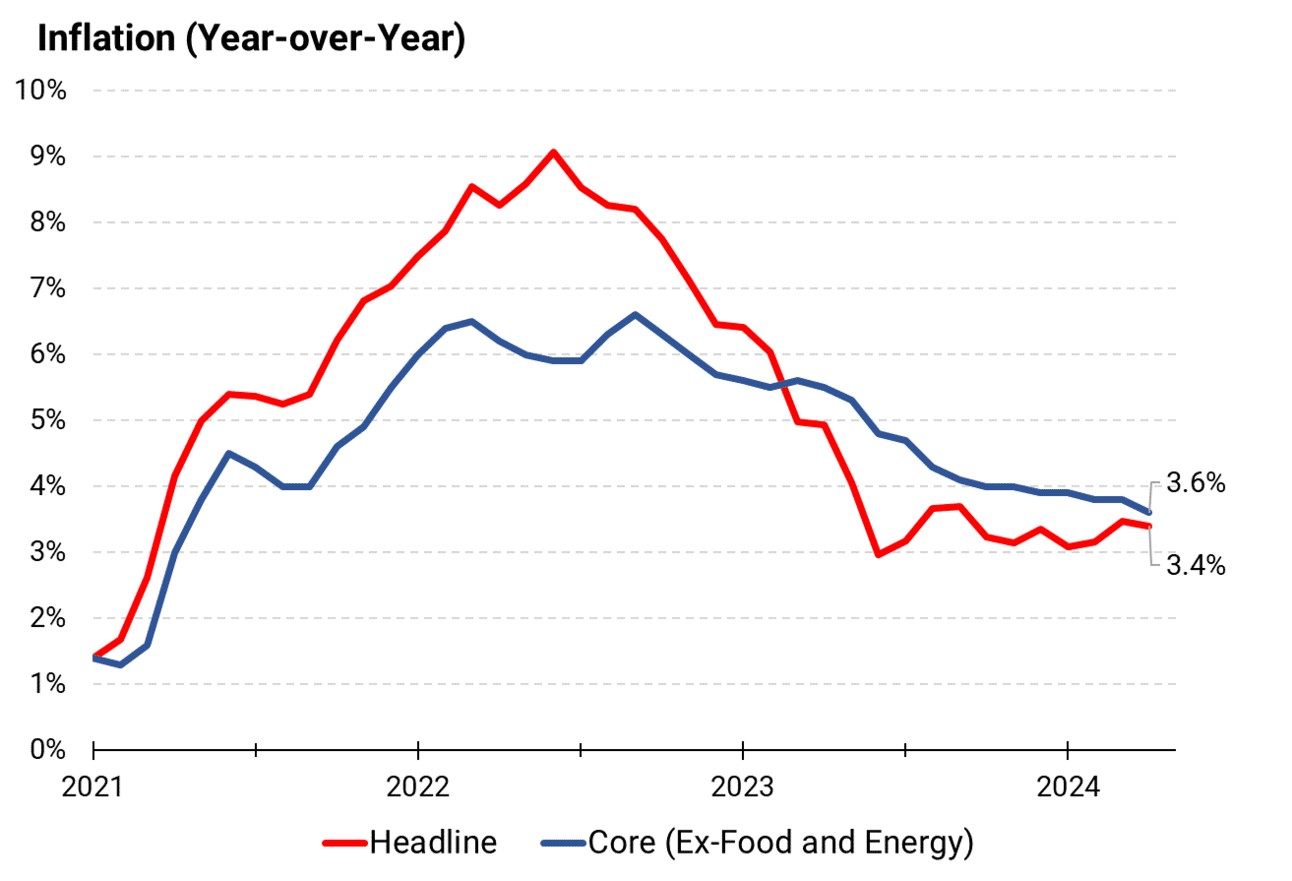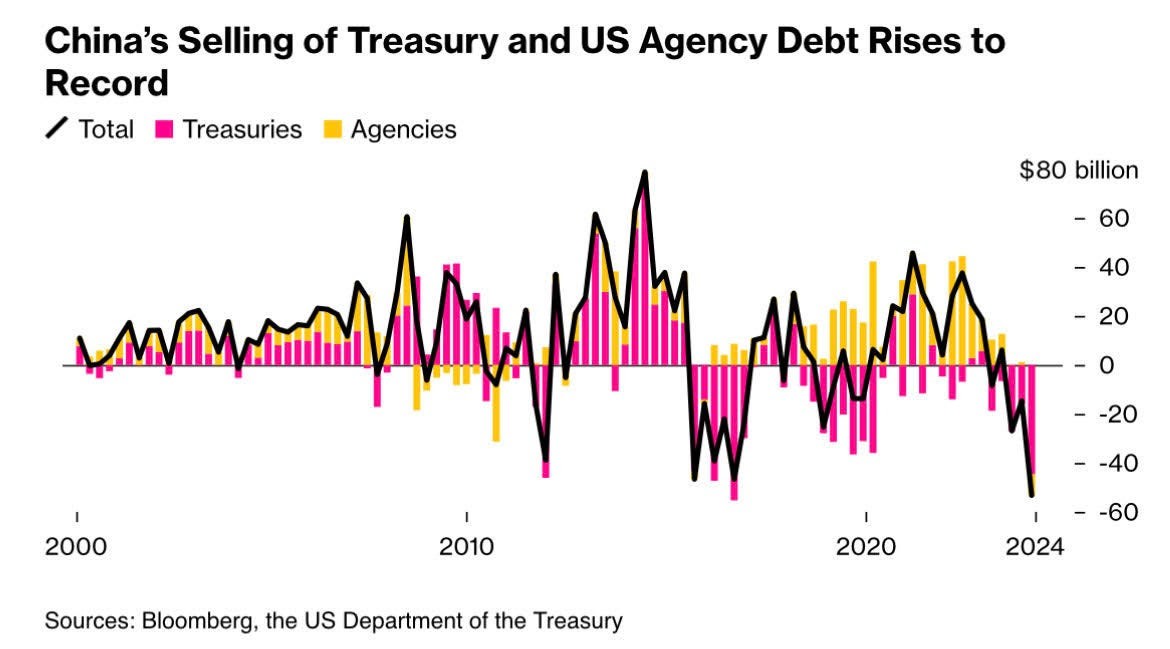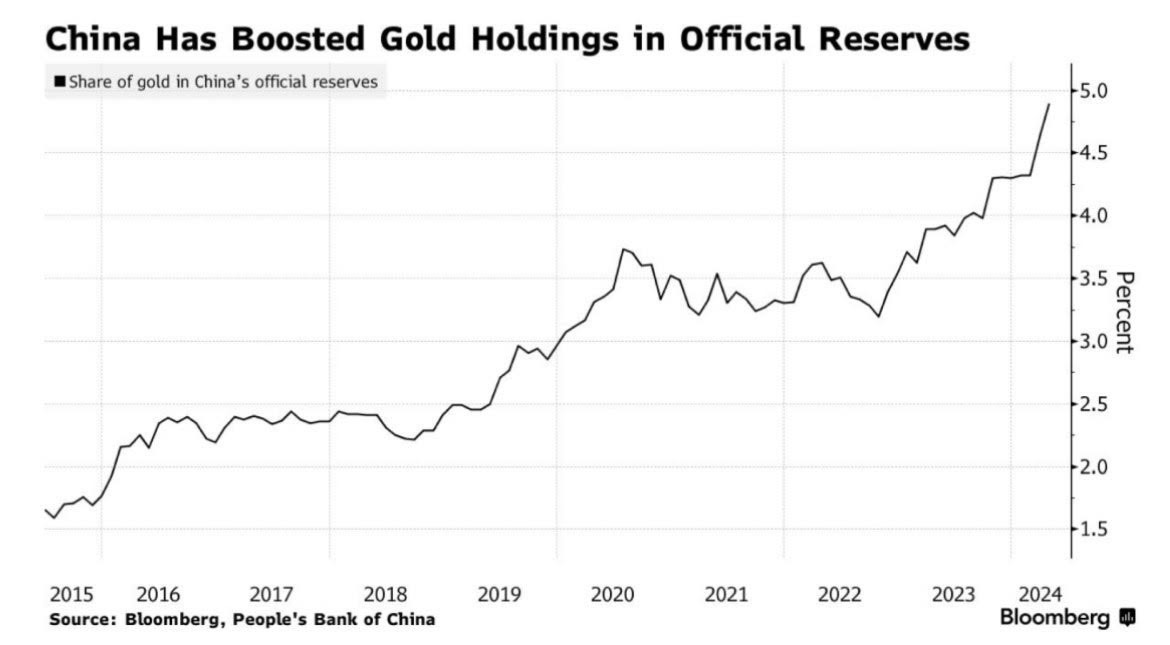by Dr. Chris Kacher
Core CPI prices saw their smallest gain in three years.

Retail sales fell far below consensus forecasts. Analysts expected the headline number to jump 0.4%, but it remained flat in April. “Both inflation and consumer spending appear to be cooling off, but at least so far, nothing in the data suggests that the economy is heading for a hard landing,” said a UBS Global Wealth Management economist.
And from an analyst at Bankrate, "The Federal Reserve has indicated that it's done raising interest rates for this economic cycle, and while rates may remain 'higher for longer,' investors expect that the only place for them to move is lower. This expectation is helping put a floor under the market — what experts call the 'Fed put' — and even just the anticipation of lower rates helps buoy stocks.”
To achieve the Fed's 2% mandate on inflation, it would likely require a recession and a bear market, particularly in the housing sector. But this is an election year, so there is an incentive to prevent this from happening. Further rate hikes could also cause more bank collapses, similar to the Silicon Valley Bank incident last year, potentially trigger a commercial real estate collapse which is in a bubble, and make it increasingly difficult for the the US to service its growing debt.
The University of Michigan’s latest survey showed consumers' expectations for inflation in the year ahead ticked higher in May from 3.2% to 3.5%, both numbers well above the Fed’s 2% target. But markets climb a wall of worry even with the concerns about interest rates and inflation.
Should the economy remain not too hot nor cold, rates higher for longer could help major stock averages continue their uptrends in anticipation of a rate cut and also due to the ongoing stealth QE. Should the economy run too hot, a rate hike would be damaging to markets. Should the economy run too cold, rate cuts could also be damaging to markets as it could mean the Fed was behind the curve so have to now step in aggressively as has happened in some prior cycles such as in 2001 and 2008 as shown in the chart by the red arrows.

China selling US Treasuries at record levels
China has been selling US Treasuries at record levels while accumulating gold.


While this is not the first time China has done this, if the US economy starts to tank, it would force the Fed to lower rates in a hurry. Foreign countries may slow their buying of US debt which would force the US central bank to print money to buy their own Treasuries. But in a surprise development, stablecoin issuers may be the willing buyers. Stablecoins may continue to accelerate their purchases of US Treasuries as they now represent a sizeable buyer vs. major countries.

Bitcoin spot ETFs
Bitcoin spot ETFs have so far seen 884% more unique owners than gold ETFs in their first quarter. Unique owners are professional funds like state pension funds, banks, insurance companies, family offices and hedge funds.
 The only one missing from the party? Endowments. This includes Harvard's $50B. Total US endowments sits just under $1T. Then there's the $27T AUM (assets under management) pension fund market. $7 T of this belongs to Vanguard who appointed a new CEO, Salim Ramji, who is pro Bitcoin, replacing the old CEO who was anti-Bitcoin. Ramji is the BlackRock guy who launched the biggest Bitcoin ETF.
The only one missing from the party? Endowments. This includes Harvard's $50B. Total US endowments sits just under $1T. Then there's the $27T AUM (assets under management) pension fund market. $7 T of this belongs to Vanguard who appointed a new CEO, Salim Ramji, who is pro Bitcoin, replacing the old CEO who was anti-Bitcoin. Ramji is the BlackRock guy who launched the biggest Bitcoin ETF.ETH spot ETF?
As to the status of the Ethereum spot ETF, a critical decision will be made today by the SEC. The SEC has reportedly asked exchanges to update 19b-4 filings on an accelerated basis. This signals an approval intention per most market watchers. The SEC's surprise 180-degree pivot tipped Bloomberg analysts to increase chances of approval odds from 25% to 75%.
According to a Bloomberg ETF analyst, the approval became a ‘political issue’ and could have led to the SEC’s move. Trump’s recent embracing of bitcoin and crypto backed Democrats into a corner. If they stayed anti-crypto, they risked losing a very large percentage of a key demographic during the election. We are witnessing both political parties compete for vote from Bitcoin and crypto holders. It took only 15 years for the industry to go from creation to shaping campaign policies. NYC, Miami and Texas were all bragging about being the bitcoin capital of the world within the last two years. That's quite a change from a decade ago New York was doing its best to quash crypto, or even in 2022-23 when the US and other western nations were taking aggressive stances against crypto.
From nothing came a $2.6 trillion industry in the face of persistent government pressure from countries around the planet. Imagine what happens when the government is now actively courting these individuals and companies, along with embracing the technology. The headwind can quickly become a tailwind.
Keep in mind an ETF can only be launched or sold to the US public when the SEC approves 19b-4 and S-1 forms. The S-1 approval might be delayed. In accordance with its mandate, the SEC has 45 days to make an initial decision on the 19b-4 filings, with a flexible 240-day limit. The review of S-1 filings may be slowed due to the complex nature and perceived risks associated with cryptocurrency products. While the ETF may not be approved this Thursday until the S-1 form is also approved, it seems now a question of when, not if, an ETH spot ETF will be approved.Trump’s recent embracing of bitcoin and crypto meant that Democrats were backed into a corner — if they continued to be abrasive to crypto, they risked losing a very large percentage of a key demographic during the election.
Keep in mind that when the spot ETF is approved, we could likely see the same sort of aggressive selling of ETHE for the first couple of weeks, much as we saw with GBTC when the Bitcoin spot ETF was approved. Locked in investors could finally sell their GBTC once the Bitcoin spot ETF was approved. Same could happen with ETHE. It therefore seems like a buy the rumor, sell the news event.
Nvidia earnings
Nvidia reported blow out earnings once again. Demand for its AI processors remains strong and comes from Microsoft, Amazon, META, Alphabet, and other tech juggernauts all racing to deploy AI. NVDA's bull run will end when Microsoft, Amazon, and the data centres of other tech juggernauts are loaded with NVDA AI processors. But this is still far off. There is still pent up demand. NVDA may continue to beat for many more quarters given how far generative AI can expand and how many industries it disrupts. Its CEO certainly believes so. Given the history of all prior groundbreaking technologies, expect generative AI to create more jobs than it replaces. Unless this time is different. The Livermore century mark rule applies especially to what one could call the millenium mark rule. It is within striking distance of $1000. Should it definitely exceed $1000, expect it to resume its strong uptrend. We sent out a report to members on how one might play NVDA.
